Calcium channel blockers
Calcium channel blockers relieve the coronary artery spasm, improve the myocardial oxygen supply, and reduce the consumption amount of the myocardial oxygen, thereby being able to alleviate the symptoms of variant angina. Although this product can prevent the increase of the coronary tension, but the effect on the basic tension is not as good as that of the nitroglycerin. Calcium antagonists may have a comparable effect on the variant angina as nitrates, but stronger effect than β-blockers. Nifedipine, diltiazem and verapamil have a comparable effect on the variant angina with each other. Calcium channel blockers seem to not able to reduce the morbidity and mortality on the high-risk patients.
To classic angina, calcium channel blockers can reduce the number of occurrences, reduce the requirement for nitrate and enhance the athletic performance. These effects are mainly due to the reduced demand on the myocardial oxygen. However, people haven’t reached consensus regarding to the relative efficacy of different calcium antagonists on the classic angina patients.
Exertional angina patients, upon invalidity of nitrate therapy or difficulty for tolerance, or being in case of β-blockers should be contraindicated or getting poorly tolerated side effects, can apply calcium antagonists. But in fact, calcium channel blockers (especially diltiazem) are commonly used in the first-line treatment. Moreover, because no adverse effects on the airway resistance of calcium channel blockers has been observed before, for patients with bronchial spasm lesion, it is still preferable for them to select β-blockers. Patients of peripheral vascular disease and diabetes also have a relative good tolerance on the calcium channel blockers.
In some cases, for some cases in which β-blockers failed to control the symptoms, the patients can be carefully subject to administration of a calcium antagonist. However, combination therapy also cause increased occurrence of adverse reactions (heart failure, hypotension, conduction disorders) with the effect being not necessarily superior to single drug therapy.
There are significant clinical differences among the effects of various calcium channel blockers on cardiac contractility, heart and peripheral circulation, being able to influence the choice of drugs. Given the direct negative inotropic effect of nifedipine which is often masked by reflex sympathetic effect (this may also be the case for other dihydropyridine class of drugs), in addition to that these drugs only have slight electro-physiological effects on the sinoatrial and atrioventricular node, so for patient being subject to administration of β-blockers and of ventricular dysfunction, these calcium antagonist is safer than verapamil. For patients treated with β-blockers, diltiazem is safer than verapamil as well.
Patients administrating nifedipine and nicardipine sometimes may get exacerbated angina symptoms due to reflex tachycardia. Verapamil and diltiazem, instead often cause mild bradycardia, which is beneficial to patients with angina pectoris. Verapamil has the most significant impact on the atrioventricular nodal conduction, thereby being associated with cases of supraventricular tachyarrhythmias disorder, calcium antagonists is the drug of first choice. Diltiazem may also be beneficial to this.
- Structure:
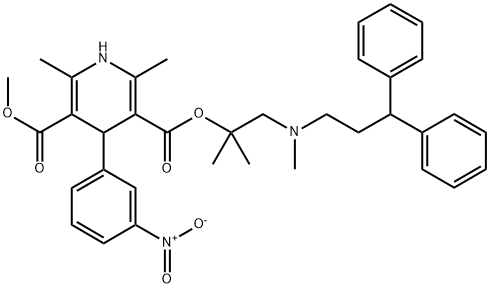
- Chemical Name:Lercanidipine
- CAS:100427-26-7
- MF:C36H41N3O6
- Structure:
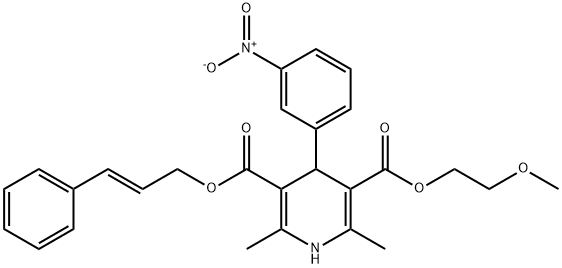
- Chemical Name:Cilnidipine
- CAS:132203-70-4
- MF:C27H28N2O7
- Structure:
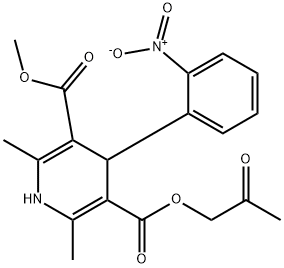
- Chemical Name:ARANIDIPINE
- CAS:86780-90-7
- MF:C19H20N2O7
- Structure:
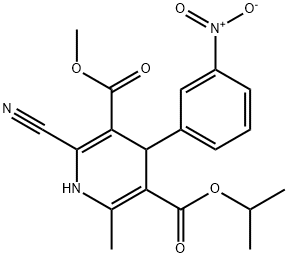
- Chemical Name:Nilvadipine
- CAS:75530-68-6
- MF:C19H19N3O6
- Structure:
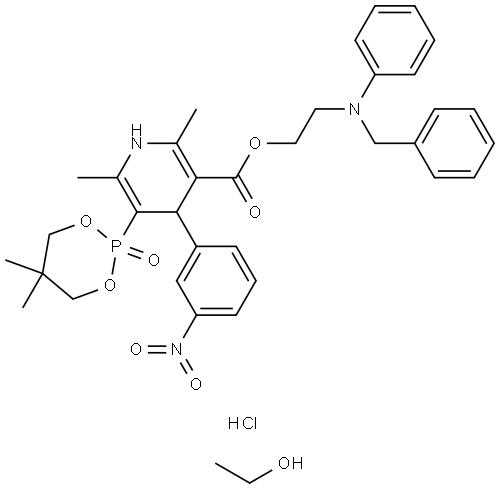
- Chemical Name:EFONIDIPINE
- CAS:111011-76-8
- MF:C34H38N3O7P.C2H6O.ClH
- Structure:
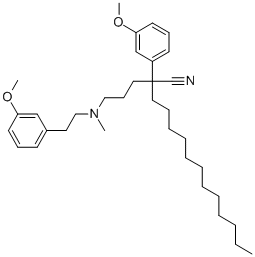
- Chemical Name:anipamil
- CAS:83200-10-6
- MF:C34H52N2O2
- Structure:
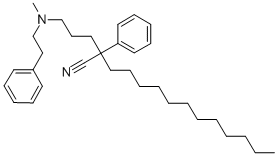
- Chemical Name:Ronipamil
- CAS:85247-77-4
- MF:C32H48N2